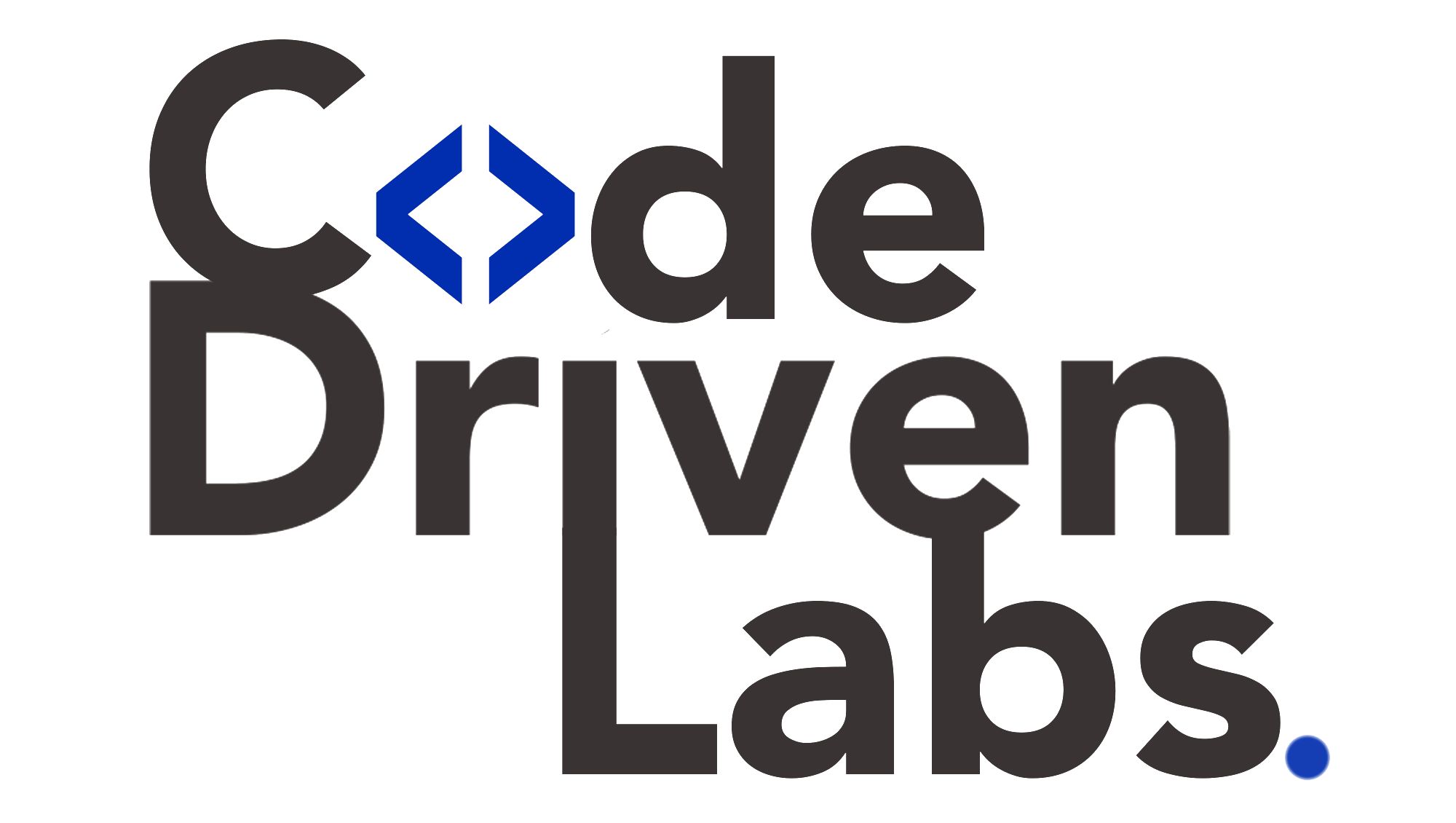Level up your business with US.
- Home
- Smart Finance: How AI Is Revolutionizing Software Development in the Banking Sector
Smart Finance: How AI Is Revolutionizing Software Development in the Banking Sector
August 30, 2025 - Blog
Smart Finance: How AI Is Revolutionizing Software Development in the Banking Sector
The banking sector has always been at the forefront of technological innovation. From the introduction of ATMs to mobile banking apps, financial institutions have consistently leveraged technology to enhance customer service, improve efficiency, and stay competitive. Today, the next wave of transformation is being driven by artificial intelligence (AI), which is reshaping software development in banking in ways that were unimaginable a decade ago.
AI is no longer just a tool for fraud detection or chatbots; it is becoming a cornerstone of how banking applications are conceived, designed, tested, and deployed. By integrating AI into software development, banks can deliver smarter, faster, and more secure digital experiences. However, with banking being one of the most heavily regulated and risk-sensitive industries, AI adoption comes with its own challenges. That is why code-driven labs are emerging as critical environments for banks to experiment, validate, and scale AI-powered solutions responsibly.
In this article, we’ll explore how AI is revolutionizing banking software development, the benefits and challenges of its adoption, and the key role code-driven labs play in ensuring safe and scalable transformation.

The Rise of AI in Banking Software Development
AI in the banking sector is not just about customer-facing features—it is deeply integrated into the software engineering lifecycle. Financial institutions are using AI to accelerate development, improve testing accuracy, enhance security, and deliver more personalized experiences to customers.
Key applications include:
-
Fraud Detection and Prevention
AI systems continuously analyze transaction data in real-time to detect unusual patterns, preventing fraud before it impacts customers. -
AI-Powered Chatbots and Virtual Assistants
Banks use conversational AI to handle routine queries, such as balance checks, loan information, or card activation, freeing human agents for complex cases. -
Credit Scoring and Risk Assessment
Machine learning models evaluate customer creditworthiness more accurately by analyzing non-traditional data, such as spending habits or digital footprints. -
Automated Testing and Quality Assurance
AI-driven test automation tools detect defects earlier and ensure that software updates don’t disrupt critical services like payments or fund transfers. -
Regulatory Compliance
AI helps banks stay compliant by automatically scanning for policy violations and ensuring that applications meet evolving regulations. -
Predictive Analytics
Banks use AI to predict customer needs, recommend financial products, and reduce churn with targeted engagement.
Together, these applications highlight how AI is no longer a support function—it is central to modern banking software development.
Why AI Is Transforming the Banking Development Lifecycle
The adoption of AI in banking software development is driven by the industry’s unique needs: security, reliability, and scalability. Let’s examine why AI is proving indispensable:
-
Speed of Innovation: Traditional banking software development cycles are slow due to regulatory checks. AI streamlines testing and validation, accelerating time-to-market.
-
Security by Design: AI enhances security at every stage of development, identifying vulnerabilities before hackers can exploit them.
-
Scalability: With millions of customers using apps daily, AI ensures seamless scalability during peak transaction volumes.
-
Customer-Centricity: By leveraging customer behavior insights, AI enables banks to deliver more personalized, user-friendly applications.
-
Cost Optimization: AI reduces operational costs by automating testing, compliance checks, and customer support.
In short, AI allows banks to develop smarter software faster, without compromising on safety or compliance.
Challenges in AI Adoption for Banking Software
Despite the benefits, implementing AI in banking software development is not straightforward. Banks face several challenges:
-
Data Security and Privacy
Banking involves highly sensitive data, making AI models prone to misuse if not carefully controlled. -
Regulatory Hurdles
Compliance with regulations such as Basel III, PSD2, GDPR, or local banking laws requires constant validation of AI-driven systems. -
Bias in AI Models
If training data lacks diversity, AI-powered credit scoring or loan approvals may unintentionally discriminate against certain groups. -
Integration with Legacy Systems
Many banks still run on decades-old core systems. Integrating AI-powered applications with these systems is complex. -
High Stakes of Failure
Even minor glitches in banking applications can lead to financial losses or reputational damage. AI-driven solutions must be validated extensively before deployment.
These challenges underscore the need for controlled, automated environments where innovation and compliance coexist. This is where code-driven labs prove invaluable.
The Role of Code-Driven Labs in Banking AI Development
Code-driven labs are structured environments that combine automation, compliance, and collaboration to support the safe development and deployment of AI-powered banking software. They provide banks with the ability to test and validate applications under real-world conditions while minimizing risk.
Here’s how code-driven labs empower the banking sector:
1. Safe Experimentation with Financial Data
Labs allow developers to train and test AI models using synthetic financial datasets, protecting sensitive customer information while ensuring realistic testing conditions.
2. Automated Compliance Checks
Regulatory compliance is built into the lab environment using policy-as-code frameworks. This means every line of code and every AI model update is automatically checked for compliance before release.
3. Continuous Testing and Deployment
With CI/CD pipelines integrated into code-driven labs, banks can roll out new features faster while ensuring stability. Automated test suites verify that updates don’t break critical systems like fund transfers or loan approvals.
4. Collaboration Across Teams
Banking software involves developers, compliance officers, security experts, and data scientists. Labs provide a shared workspace where all stakeholders can collaborate seamlessly.
5. Risk Mitigation Through Simulation
Labs simulate high-volume transactions, fraud scenarios, or system outages to ensure that AI solutions perform reliably under pressure.
6. Enhanced Observability
Code-driven labs integrate monitoring tools to track AI model performance, ensuring accuracy, fairness, and security over time.
7. Training and Upskilling Developers
Labs serve as learning environments where developers can practice AI integration, regulatory testing, and secure coding practices without jeopardizing production systems.
In essence, code-driven labs are the backbone of responsible AI adoption in banking, balancing innovation with safety.
Real-World Examples of AI in Banking Software
-
Fraud Prevention Systems
Banks like JPMorgan and HSBC use AI to detect fraudulent transactions in real time. Code-driven labs allow these models to be validated under diverse transaction scenarios before deployment. -
Credit Risk Analysis
AI-based credit scoring platforms reduce biases and evaluate customers more holistically. Labs test these models to ensure fairness and compliance with lending regulations. -
Personalized Mobile Banking
AI-driven mobile apps recommend savings plans or investment options based on spending patterns. Labs ensure these apps perform reliably during high usage periods. -
Automated Compliance Audits
AI systems monitor transactions for money laundering risks. Labs automate compliance validation, ensuring systems align with regulations like AML and KYC.
Best Practices for AI-Powered Banking Development
-
Embed Security Early: Use DevSecOps practices to integrate security testing from the first line of code.
-
Leverage Synthetic Data: Protect customer privacy by training AI on realistic synthetic datasets.
-
Ensure Explainability: AI models in finance must be transparent to meet regulatory and ethical standards.
-
Adopt Code-Driven Labs: Simulate real-world scenarios to validate AI-powered applications before launch.
-
Iterate Continuously: Continuously monitor and refine AI systems based on customer feedback and evolving regulations.
The Future of AI in Banking Software
The next decade will bring even more profound changes as AI becomes embedded in every aspect of banking. Some expected trends include:
-
Autonomous Finance: AI will enable customers to delegate financial management—budgeting, investing, and saving—to intelligent systems.
-
Predictive Security: AI will not just detect fraud but anticipate and prevent it before it occurs.
-
Hyper-Personalization: AI-driven applications will tailor financial advice down to the individual transaction level.
-
Blockchain and AI Integration: Combining AI with blockchain will enhance security and transparency in digital transactions.
-
AI-Powered Compliance Officers: Virtual compliance agents will monitor transactions in real time, reducing the burden on human auditors.
In this future, code-driven labs will remain essential, ensuring banks can adopt new AI innovations quickly, securely, and in compliance with global regulations.
Conclusion
AI is redefining how banks build and deliver software—enabling smarter fraud detection, personalized customer experiences, faster testing, and better compliance. Yet, the high stakes of banking demand that these innovations be developed with the utmost care.
That’s why code-driven labs are so critical. By offering safe experimentation, automated compliance, continuous testing, and collaborative development, they allow banks to embrace AI confidently. As the sector moves toward smarter, more autonomous financial systems, those institutions that invest in AI and code-driven labs today will lead the future of smart finance tomorrow.
